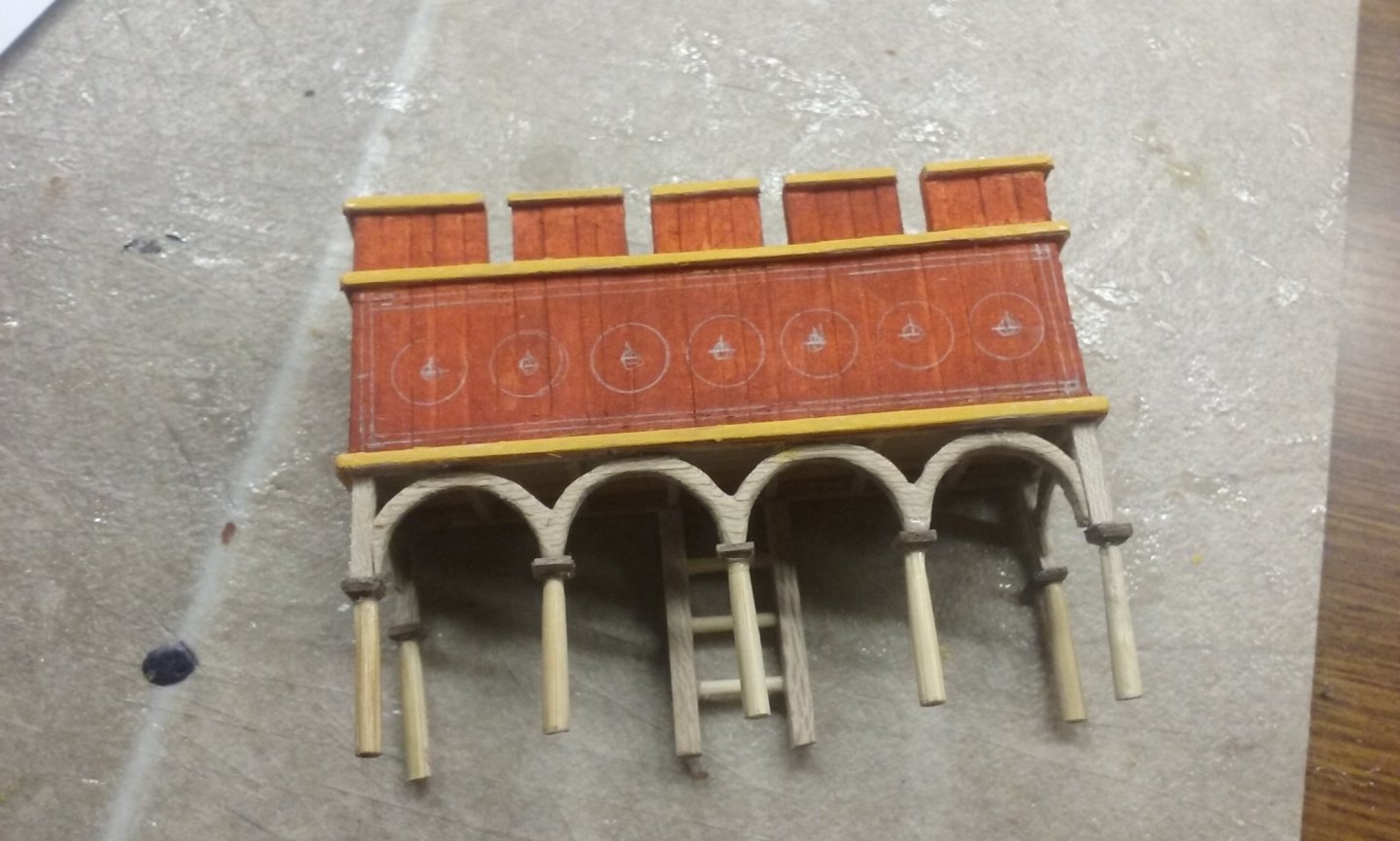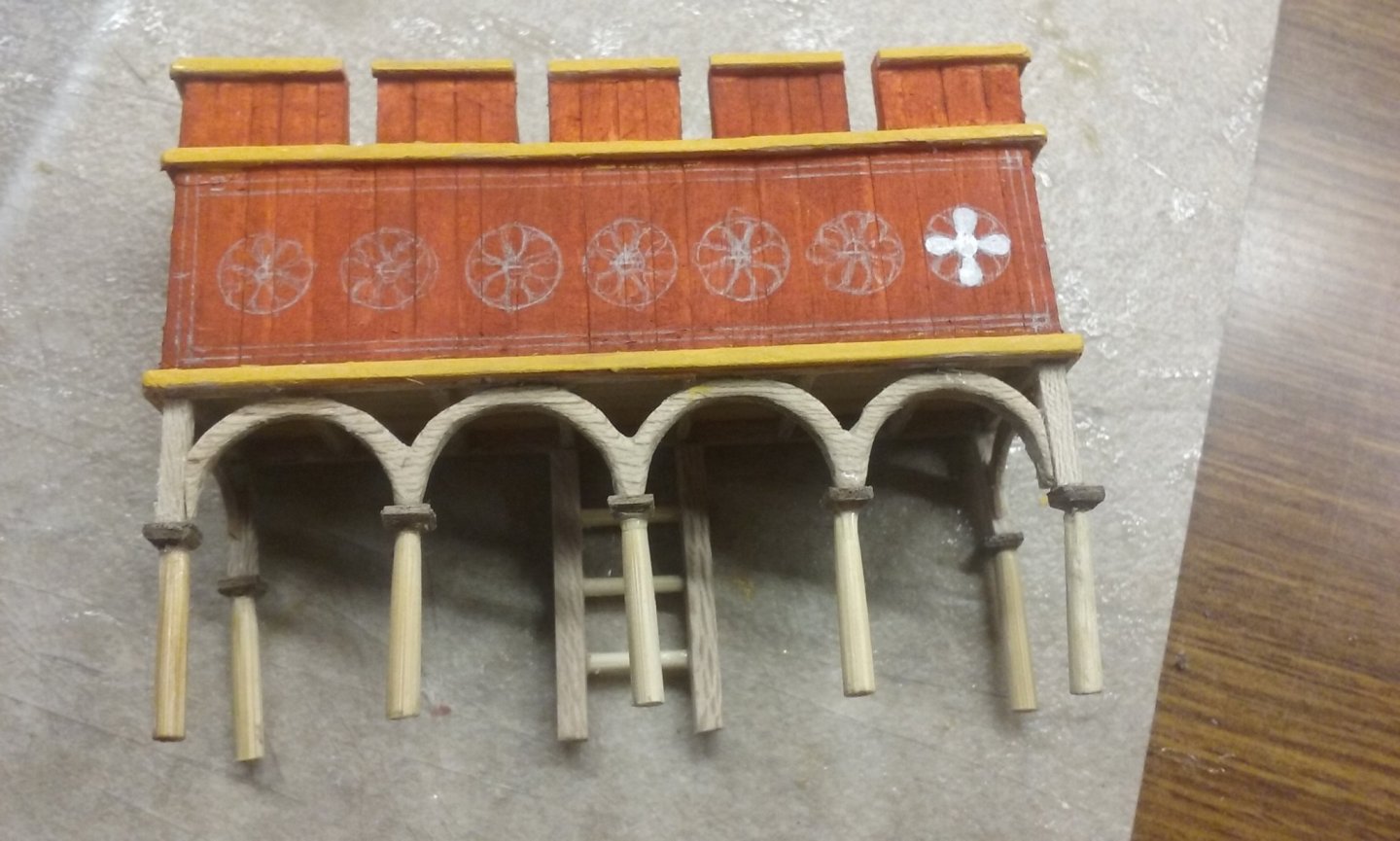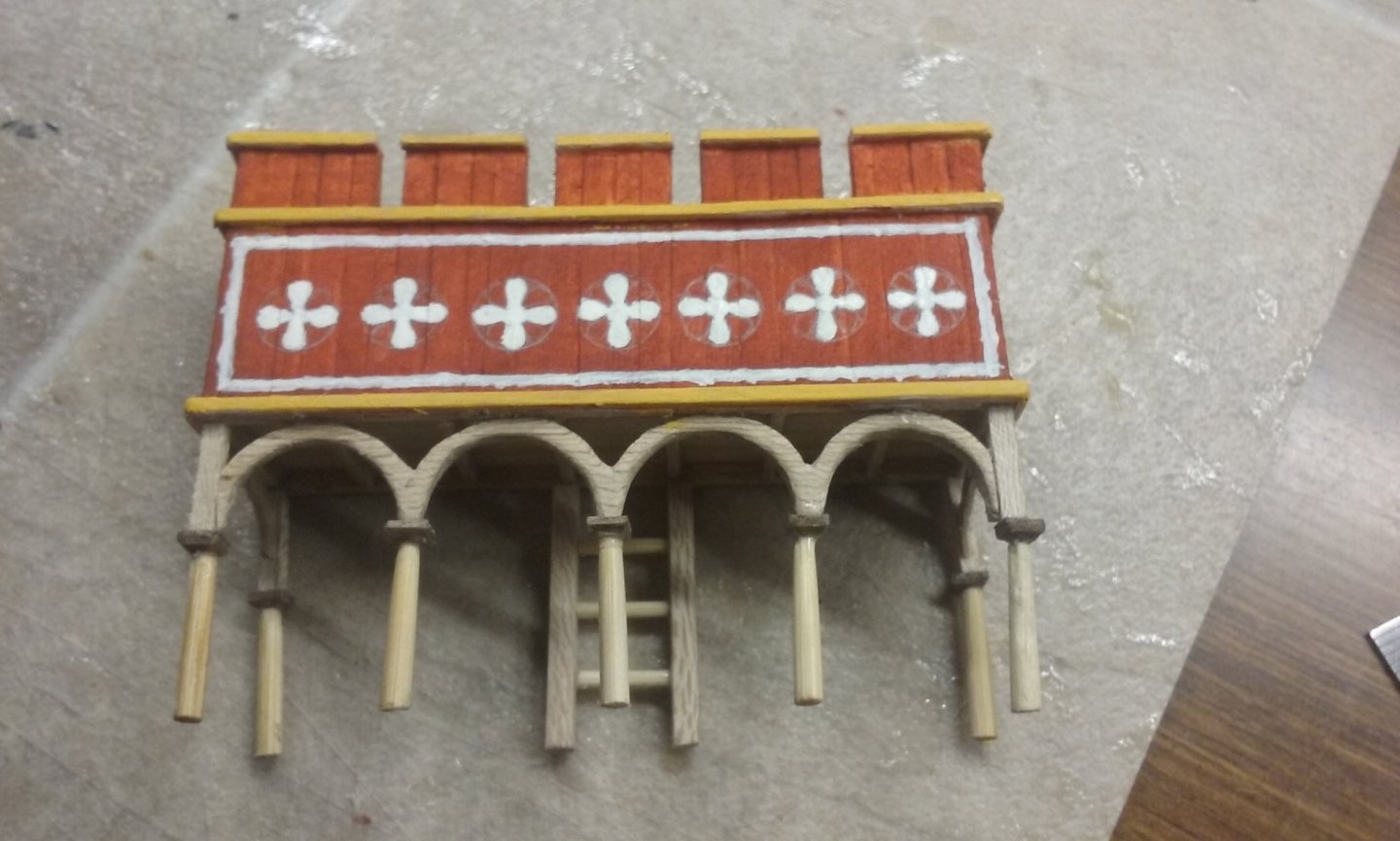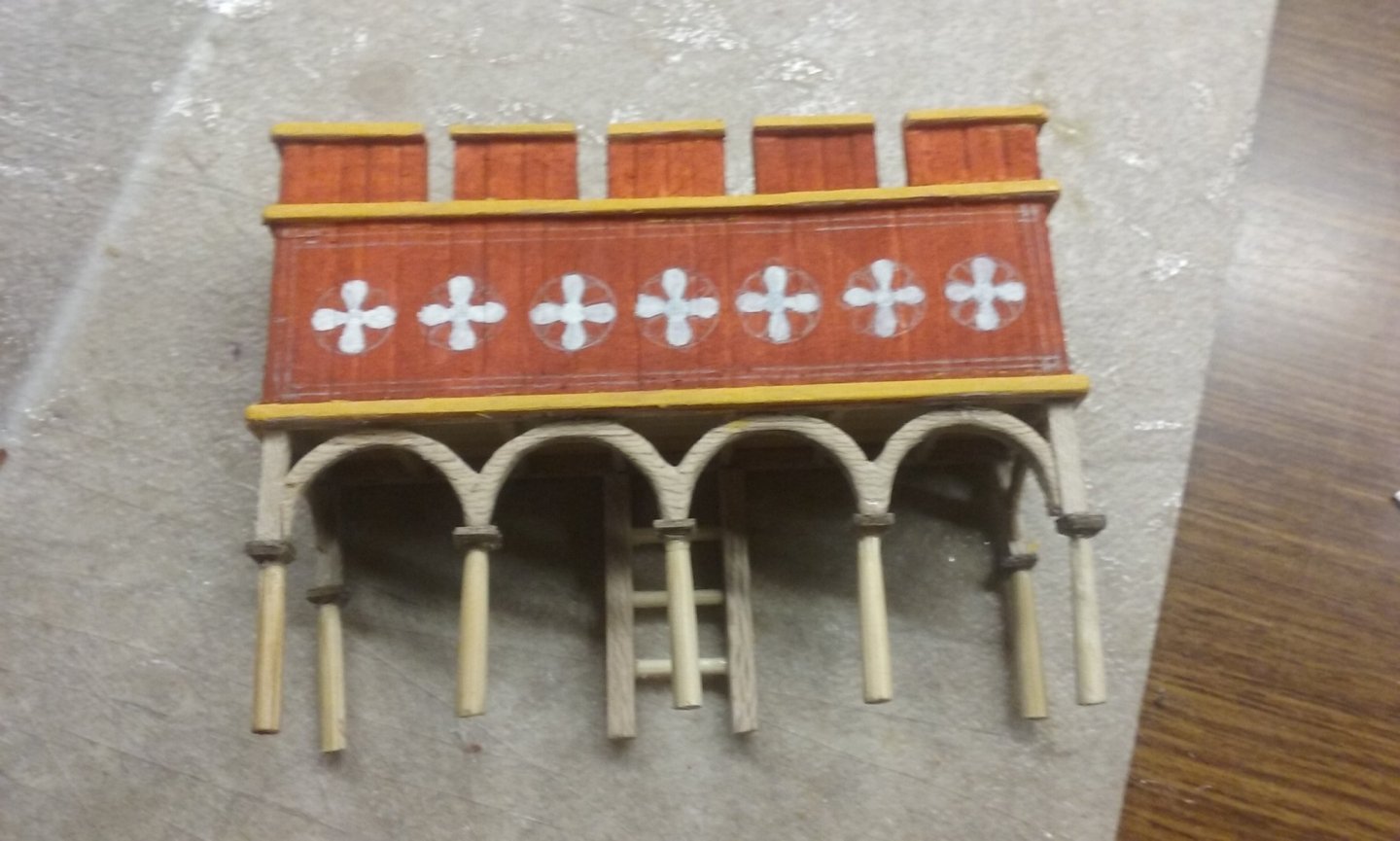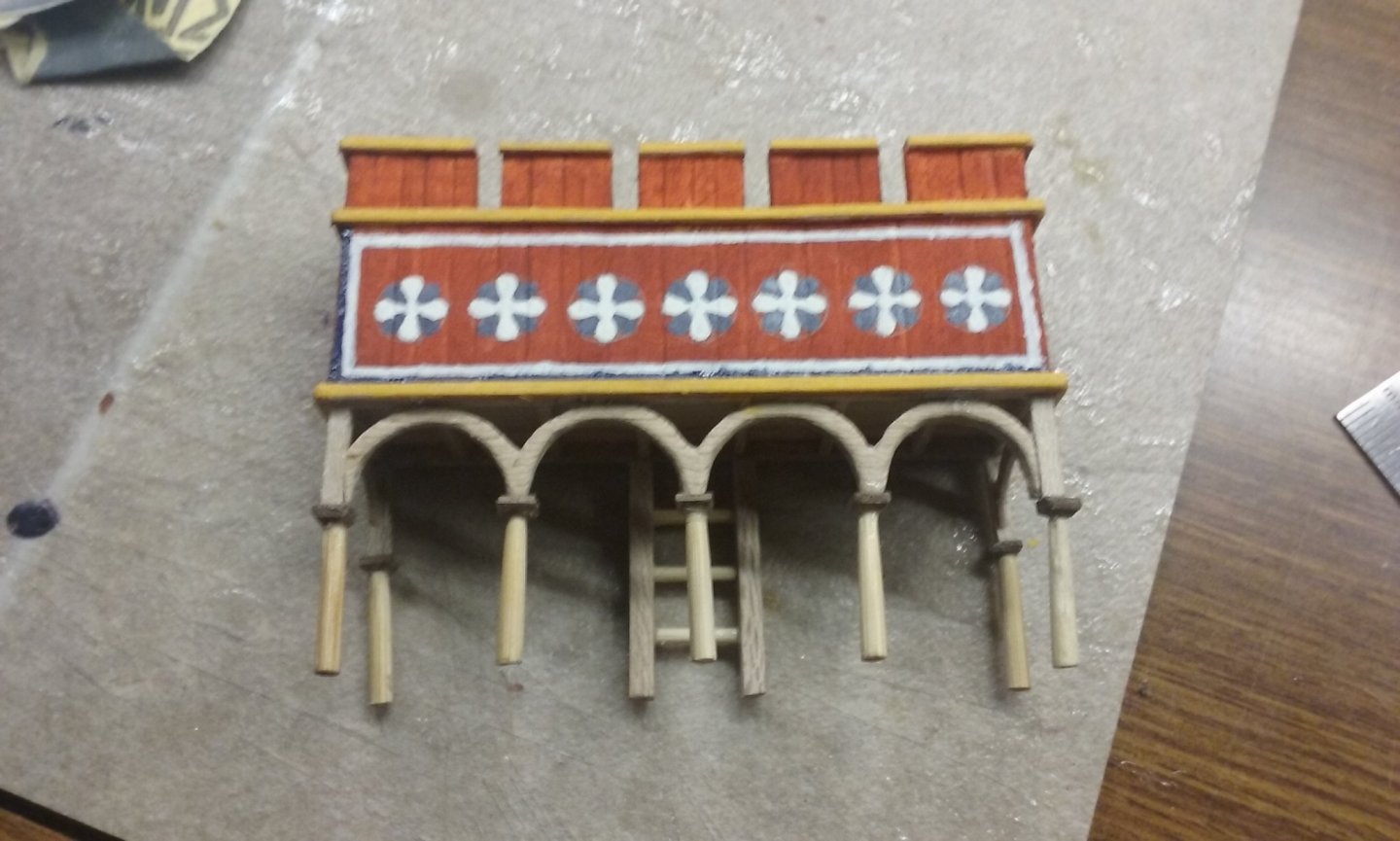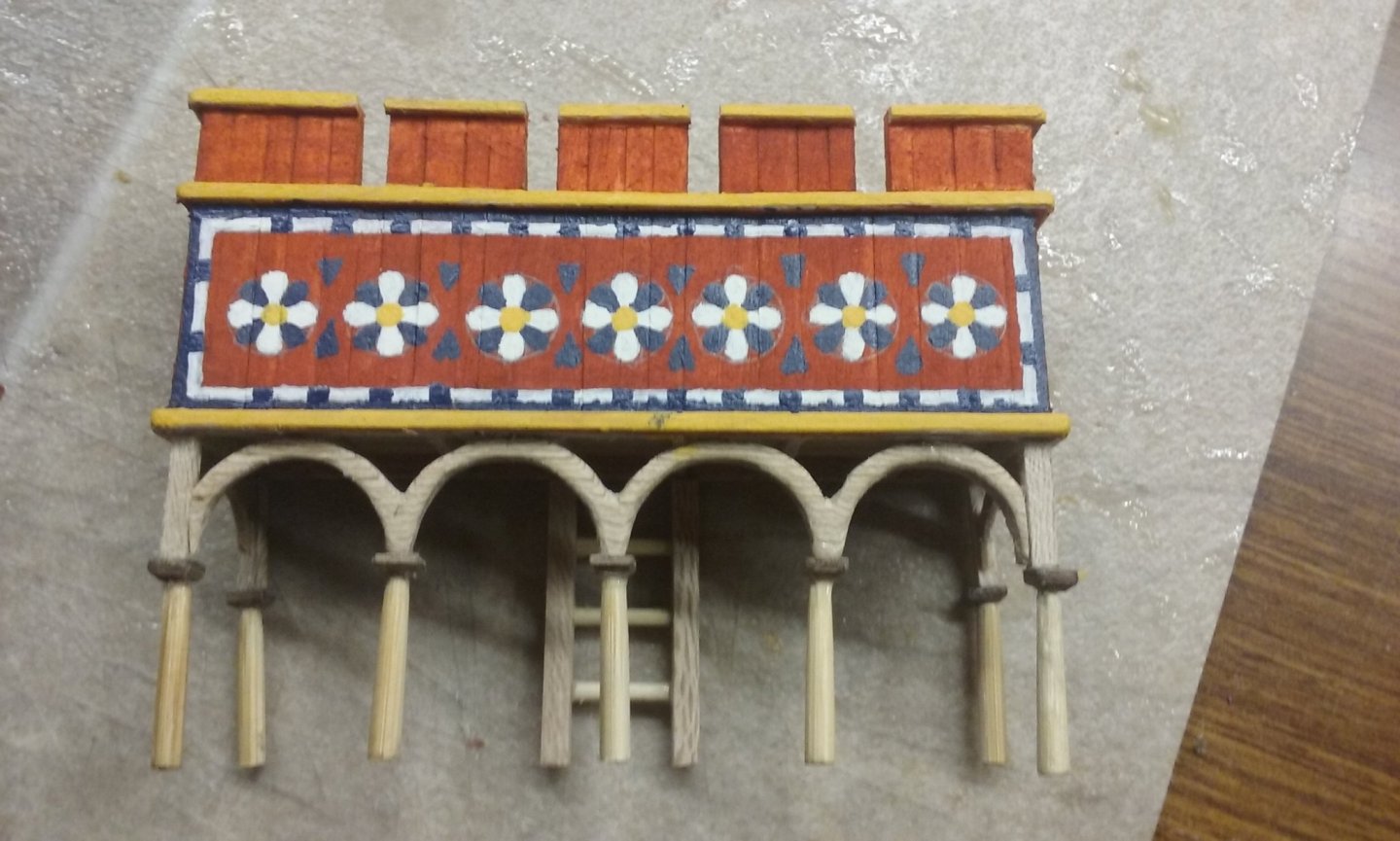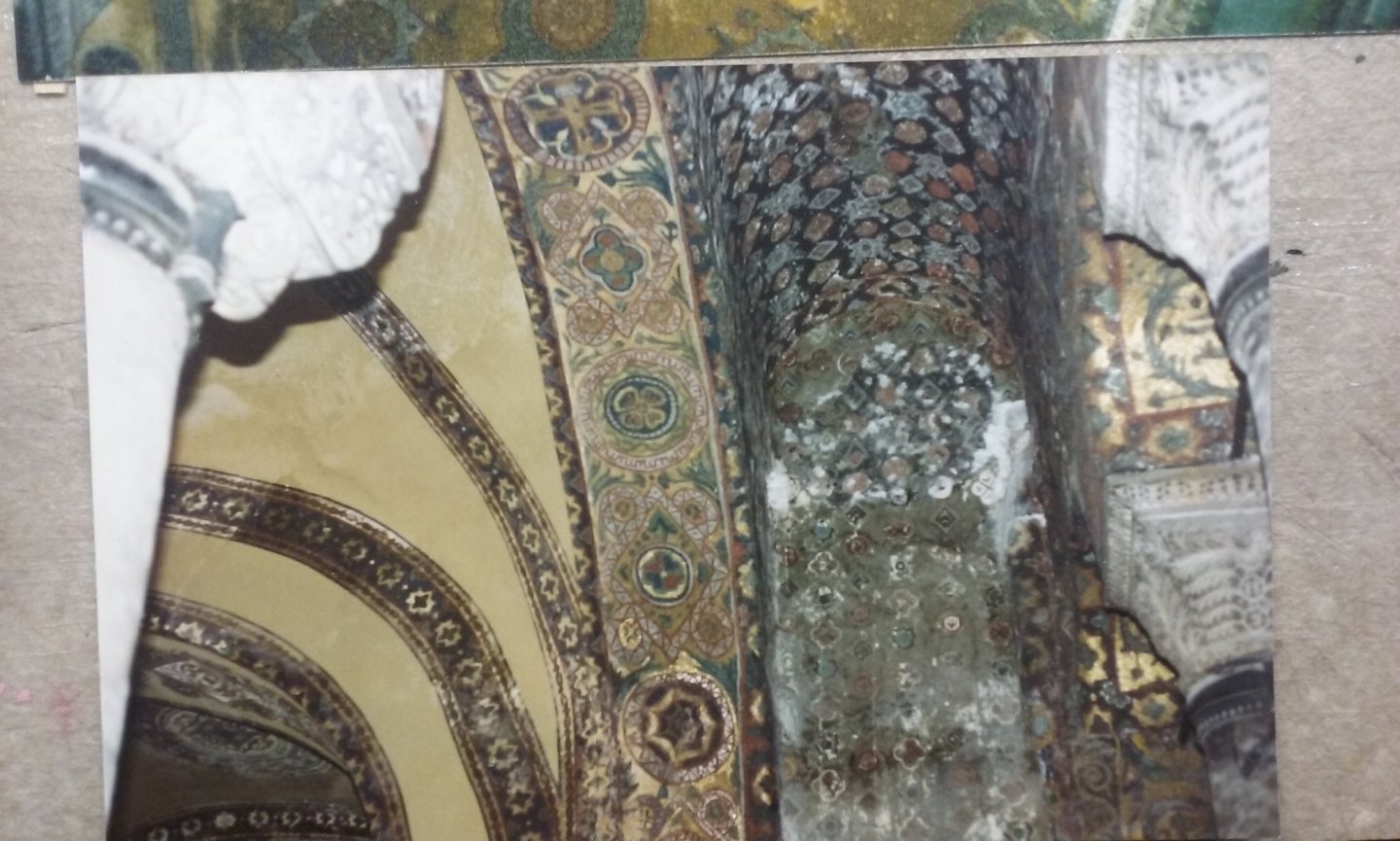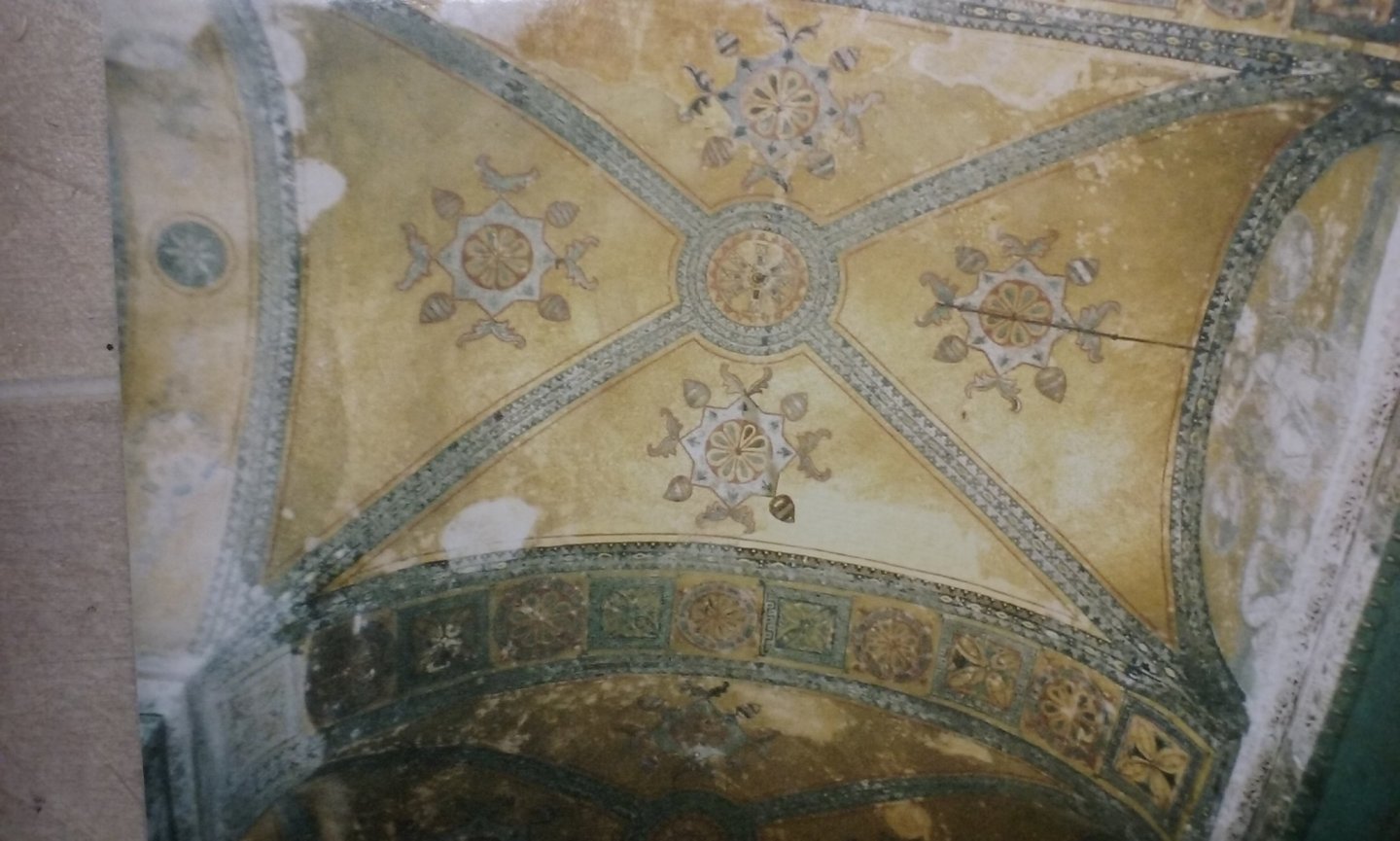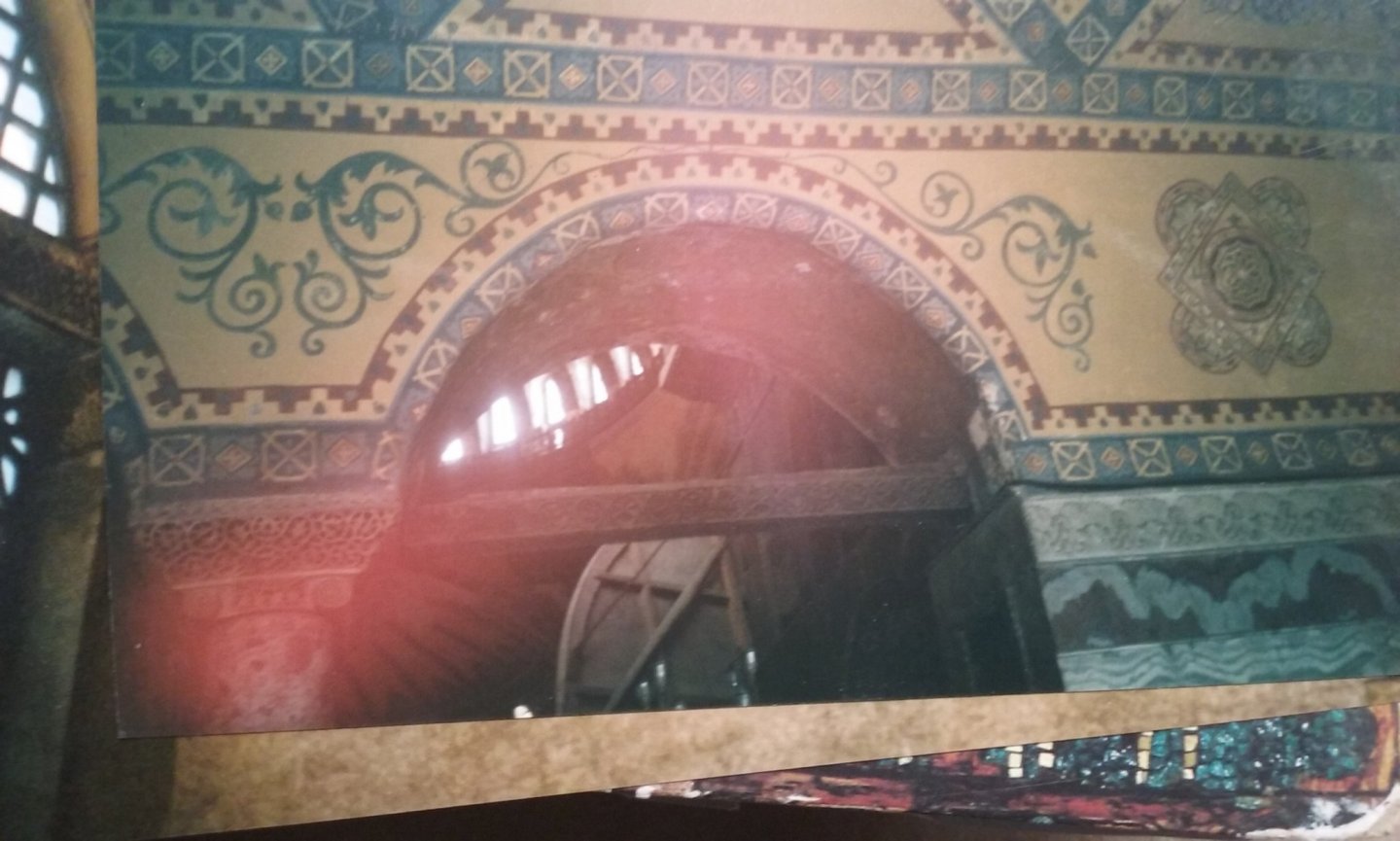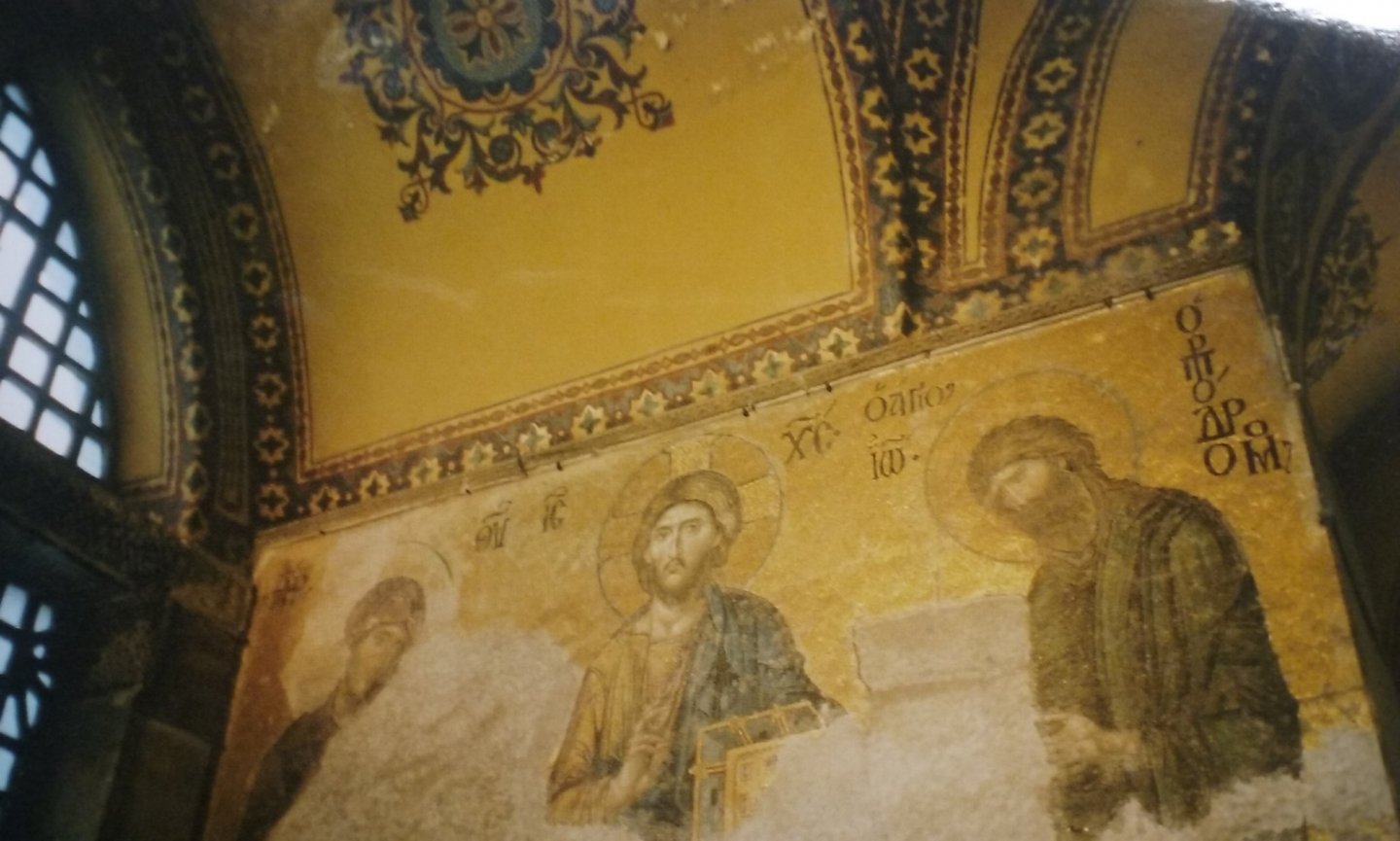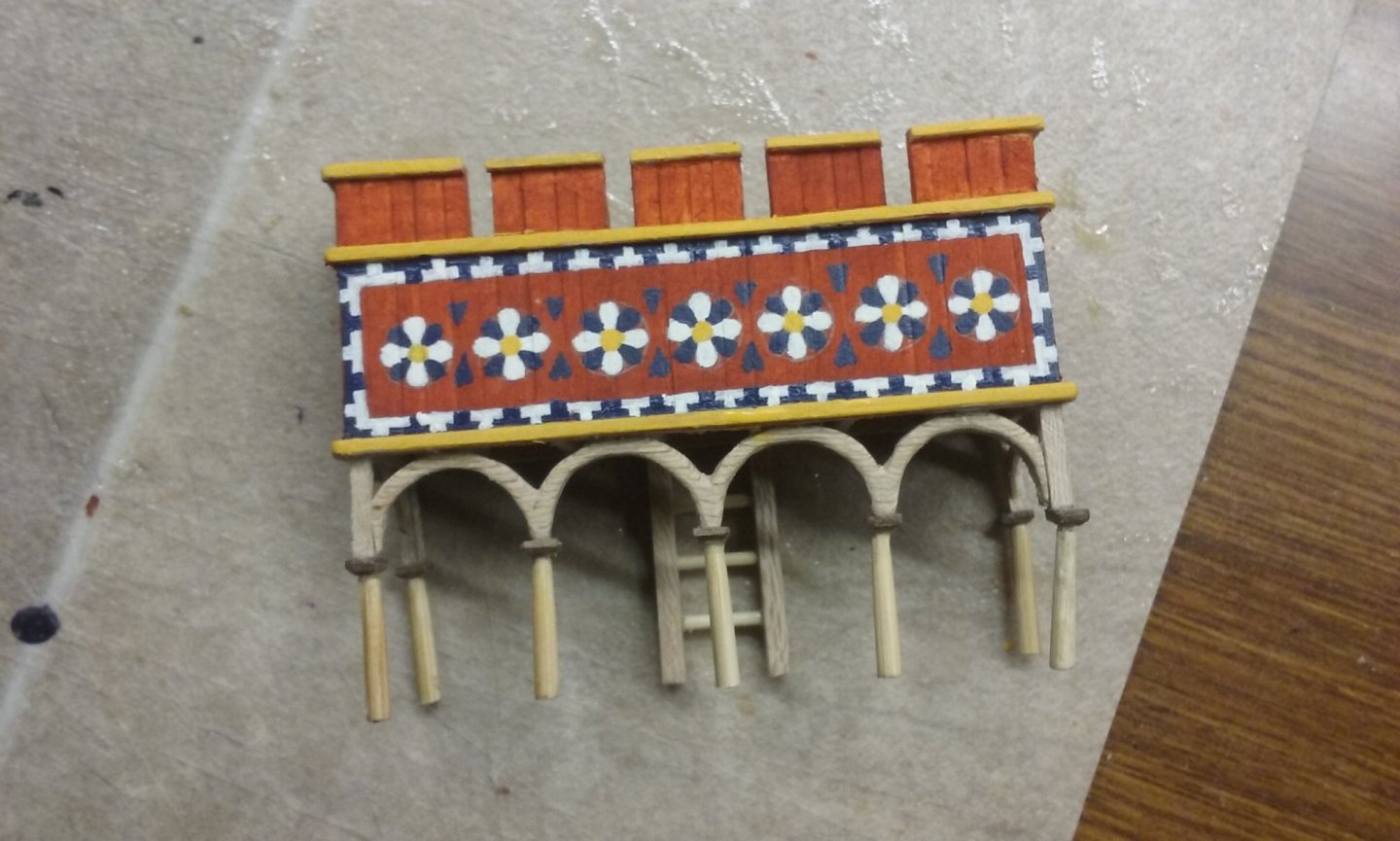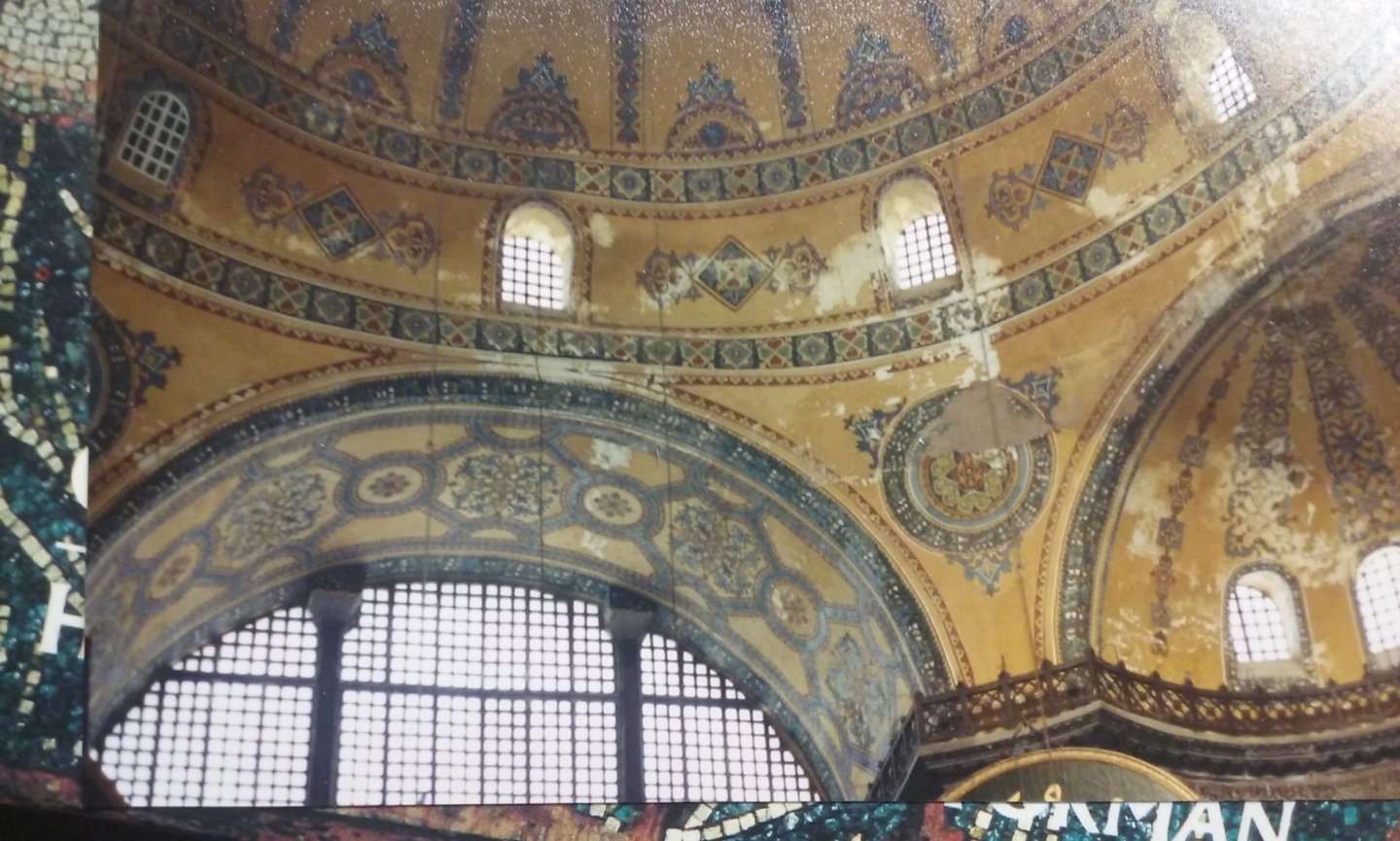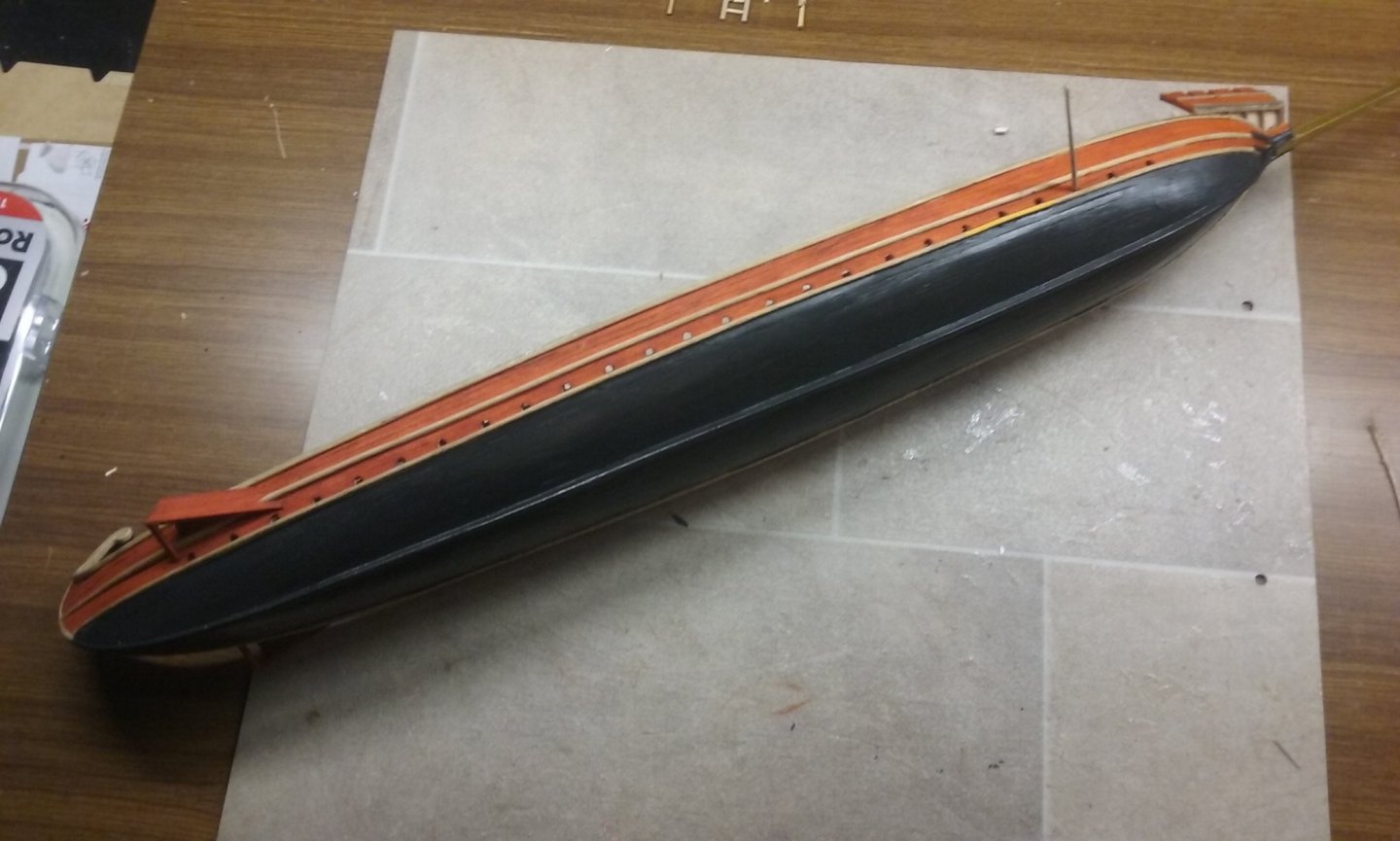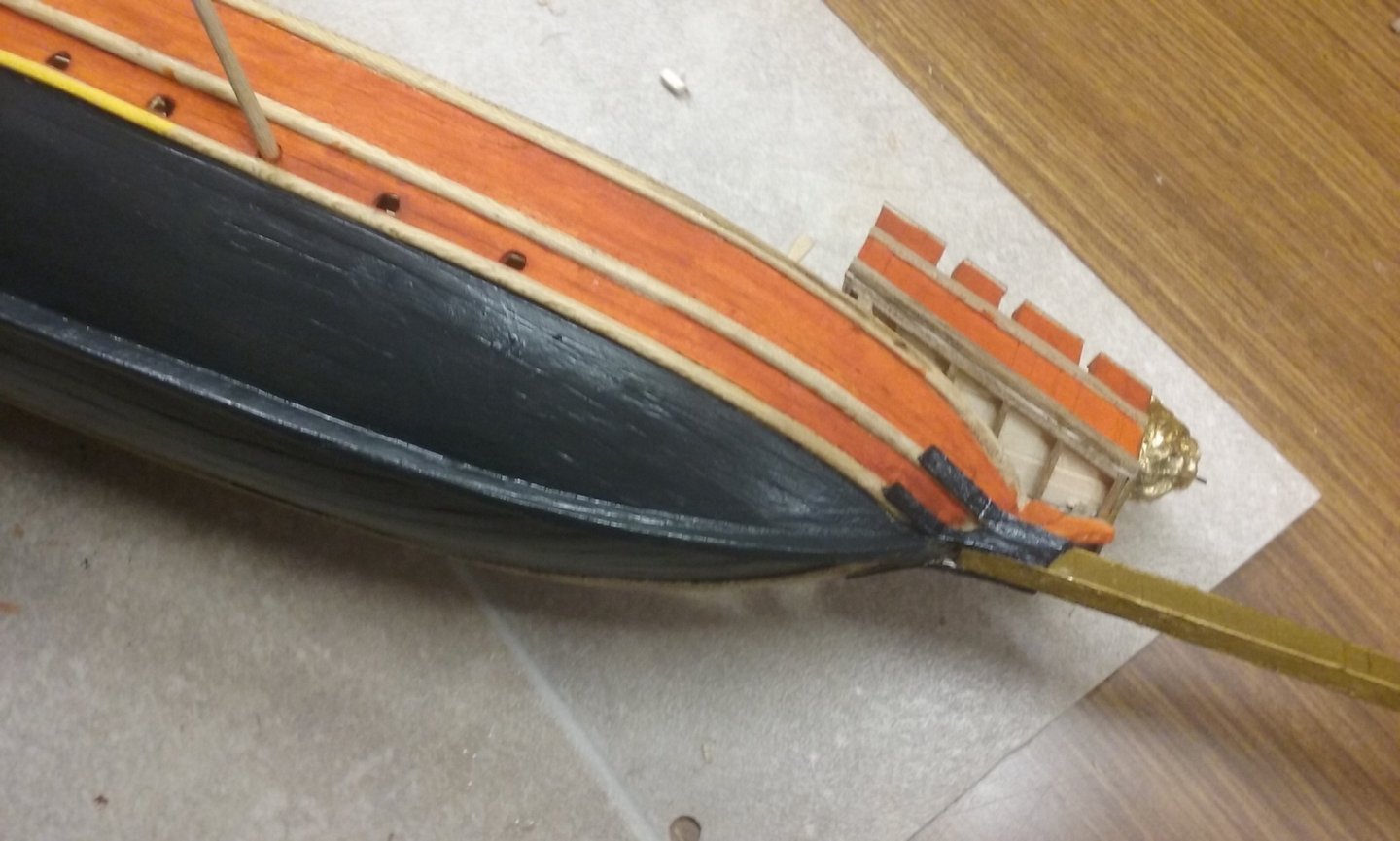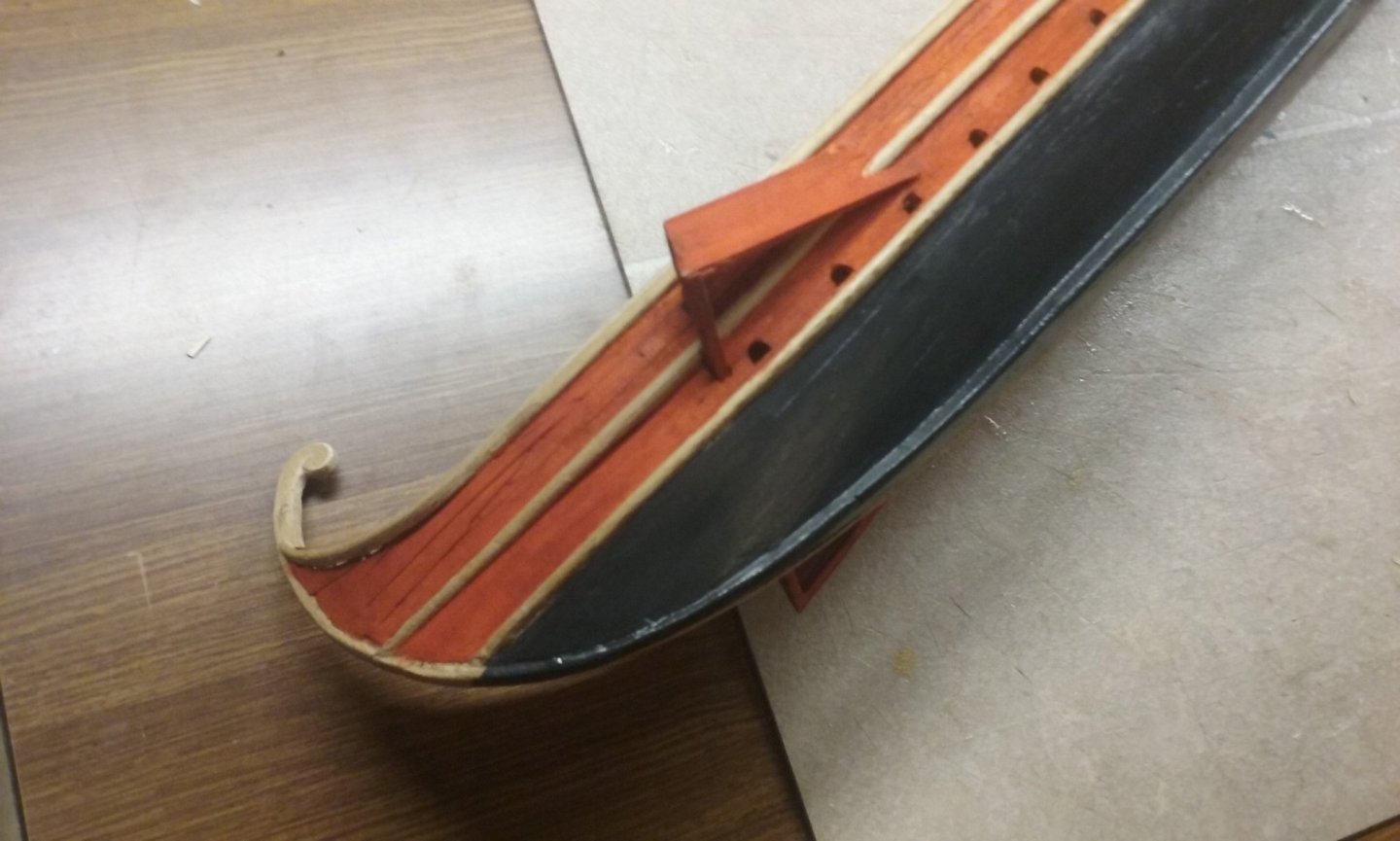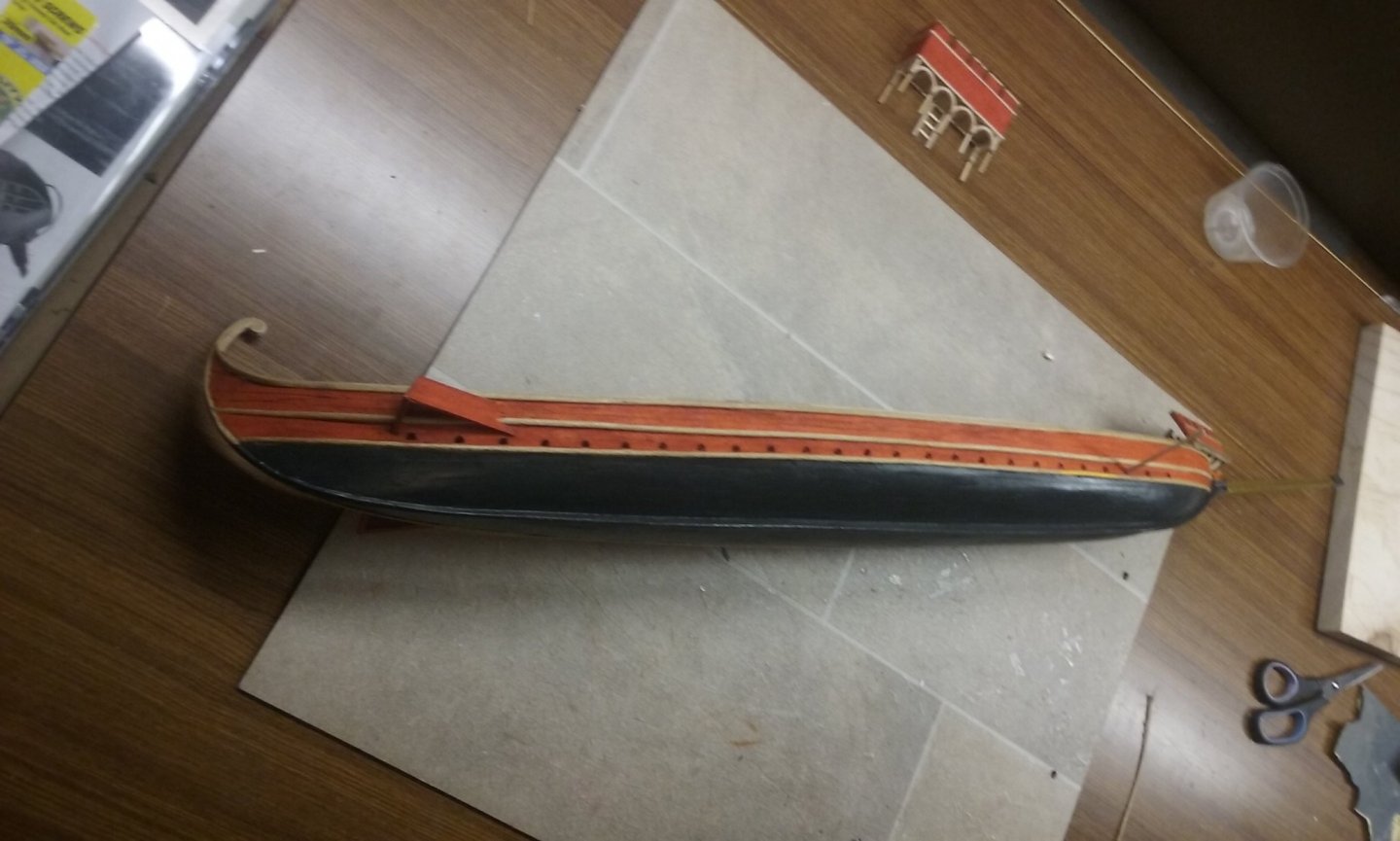-
Posts
7,990 -
Joined
-
Last visited
Content Type
Profiles
Forums
Gallery
Events
Everything posted by Louie da fly
-
Good work so far, Nikiforos, and I love your attention to historical detail and correcting stuff the kit manufacturers seem to have missed. I'm a scratch-built guy myself, but I agree it would be good if there were more (accurate!) kits out here from ancient and mediaeval periods. Several people on this forum have expressed the same wish - any kit manufacturers out there listening? Steven
- 45 replies
-
- egyptian
- bronze age
-
(and 1 more)
Tagged with:
-
Just found another mediaeval ship picture which may be of use, though its 14th century rather than 13th - it's at https://www.italianartsociety.org/2016/12/on-30-december-1365-painter-andrea-di-firenze-signed-a-contract-for-the-decoration-of-the-chapter-house-known-as-the-spanish-chapel-of-santa-maria-novella-in-florence/ Some nice clear detail. Steven
- 263 replies
-
- nave tonda
- round ship
-
(and 2 more)
Tagged with:
-
So the colzhexe is the same thing as the calcet on the previous page of this build log? Steven
- 263 replies
-
- nave tonda
- round ship
-
(and 2 more)
Tagged with:
-
Me too. Many thanks, Alberto. Looking forward to a good read. Steven
- 263 replies
-
- nave tonda
- round ship
-
(and 2 more)
Tagged with:
-
Brilliant work! And your workmanship is also superb. I want to be you when I grow up Steven
-
Fascinating research, Binho. I knew almost none of it. I knew about the attempts of Harold's sons to re-take England from the Normans, but not in the detail you've presented here. The differences between the above ships are quite marked, and perhaps the speculation about Byzantine influence is correct. The timing's about right, and just because it didn't make it into anyone's chronicle or saga doesn't mean it didn't happen. After all, nobody's likely to have written down that a Viking shipbuilder went to Miklagard ( = The Great City - i.e. Constantinople), was impressed with the ship designs there and came home inspired to try out some new ideas in his next ships. At the battle of Svolder in 999 or 1000 AD King Olaf had several long ships, including the Ormen Lange (long serpent). To quote Wikipedia (yes, I know it shouldn't be relied on too much ) " Though the sagas agree that Olaf Tryggvason had only 11 ships in the battle, some of them quote a verse by Halldórr the Unchristian saying that Olaf had 71 ships when he sailed from the south. The sagas explain the discrepancy by saying that some of the 71 ships belonged to Jarl Sigvaldi, who deserted Olaf, and that others sailed past the trap at Svolder before it was sprung. The sagas describe three of the ships in Olaf Tryggvason's fleet. According to Heimskringla, the Crane was a large swift-sailing warship with thirty rowers' benches [i.e. 30 oarsmen], high in stem and stern.[33] It was commissioned by King Olaf and used as his flagship for some time. Olaf confiscated the second of his great ships from a pagan he had tortured to death for refusing to convert to Christianity. King Olaf "steered it himself, because it was a much larger and finer ship than the Crane. Its stem had a dragon's head on it, and on its stern, a crook shaped like a tail; and both sides of the neck and all the stern were gilded. That ship the king called the Serpent, because when the sail was hoisted it was to look like the wing of a dragon. That was the finest ship in all Norway."[34 Olaf's third flagship, the Long Serpent, was a legendary vessel mentioned in several anecdotes in the sagas. So very long ships (compare thirty-four sets of oarbenches in the Ormen Lange - though historians argue about whether or not this is an exaggeration; it would make the ship almost 40 metres long - with the 25 in a dromon - 25 oarsmen each side of the ship in each of two banks of oars, to make a total of 100) were being used by the end of the 10th century. However, since the Vikings were certainly trading down the rivers of Russia to Constantinople in the early 10th century, this would still support the contention that Byzantine design may have had an influence on Viking shipbuilding. I'm loving the research element of this build. It opens a fascinating window on the history and development of these vessels. And to me, the research and speculation is half the fun, like a good detective novel. Steven
-
You probably saw that in my dromon log. Apparently a shrill tone carries far better than a deep one (such as a drum - , Hollywood!) which tends to get drowned out by other low-pitched noises such as the groaning of the oars on the tholes, sloosh of the water creak of the masts etc. Note that the rowing master on the reconstruction used a whistle to give the rowers the time. On the other hand here's how NOT to do it! OUCH! Steven
-
There was a lot of discussion relating to just that problem when they were working out the design of Olympias. Apparently even after the design had been finalised and the ship built, they discovered there was a certain amount of fouling between oars of the different banks, resulting in broken oars. Ben Hur was pretty bad. Have a look at the reality of rowing a multi-banked galley at Oh, and the Romans didn't have galley slaves - neither did the Ancient Greeks; that didn't come in until the Renaissance. The ships were rowed by freemen. Steven
-
That's a pretty amazing machine, Richard. I was hoping to do a similar thing on my dromon model in the early days of the build, but I just don't have the mechanical skills and I gave it up as a bad job. However, as I'm putting little guys on my model I studied what the oars did in the video of the full size ship's sea trials, and I found it was quite different from some of the oar motions I've seen on video of other mechanised model galleys. I'd be interested to know if the motion of the oars on your model ties up with what's seen on the sea trials. Steven
-
I'm very impressed with what you're doing and what you have in mind. Good to see someone doing all that research and tweaking a kit to get it closer to the way the ship really was. I'm also a big fan of the Ringerike style. There's quite a bit of it around. The only suggestion I'd make is to add a few more "fiddly bits" (like those red tendril thingies) if you can fit them in somehow. Ringerike was a very complex style, full of decorative extras, and your figurehead just looks a little too sleek at the moment. I'd be a bit careful about relying on those authors; they seem have a few of their facts wrong. Harald Hardrada/Sigurdsson wasn't an admiral - that position was reserved for Byzantines. He was probably the leader of the (Viking) Varangian Guards during his time in Constantinople, though as far as I know there's no actual mention that he held the position of akolouthos, which would have been his title if so. He came home with a gold-hilted sword, which privilege was supposedly reserved for the rank of protospartharios (I think - relying on memory here), and he appears to have been the leader of the Varangian contingent in the Byzantine army that invaded Sicily. His sea-going experience would probably have stood him in good stead with the Byzantines, but they were very wary about giving foreign mercenaries positions of power or high rank. He or his followers may have brought back some ideas on ship design when they returned home, but I can't think of anything in Viking ships that is evidence of that. However, I'm no expert on such things - maybe they're right. Similarly, the suggestion that the Skuldelev ship was somehow connected to Harold Godwinson seems to me to be pure speculation, unless they have some facts to back it up. I like the darker stain - I think it's probably the color the ship would have been after a few years of service. Coming along nicely. Steven PS: Nikiforos, I agree about the lack of worthwhile model kits from earlier periods. But you can always come over the the Dark Side and scratch build your own . . .
-
Oh, nice. One of my favourite vessels of all time. I've re-looked at the video of her sea trials time after time. But how many oars are you going to have to make? About 150? It takes a special kind of insanity to make a model of a galley. But you're doing an amazing job with her. I'm very impressed. Steven
-
Those strakes look much better, Binho. Yes, it does look a lot like the stern of my dromon - I wish I'd put more time into designing those stern strakes; they just didn't work properly, tapered the wrong way - got wider toward the stern instead of narrower. Still, I decided to regard it as a learning experience . . . I like your oars. I carved mine all by hand, which was very laborious; I've tried making cylindrical shapes with the drill, but never had much success. Interesting speculation about the Byzantine influence on Viking ships. Certainly there's no mention of it in any of the contemporary written sources. Personally I think it's unlikely - the Vikings had a design that worked very well and I believe the changes in shape were probably just normal evolution of design. Though Vikings were serving in the Byzantine army in the 10th century, it was only as javelin throwers; as far as I know there's no mention of them involved in any naval activity there at that time (though they certainly did in the following century). Steven
-
I'm currently restoring a (scratch) model I made when I was 17, started to change, and then left to deteriorate for 40 years. Because I wanted to change the hull shape (the stern was too wide) it ended up more as a rebuild. I'm a fair way through it and I intend to complete it come what may, but I really wouldn't recommend it, from grim personal experience. The only reason I'm doing it is that I feel it deserves to be finished after all this time. If you're not happy with the result of your kit and you want to make it better, I'd recommend you buy a new one rather than pull it apart and rebuild. Steven
-
Working on the decoration of the xylokastra (wooden castles). I've looked at various examples of Byzantine decoration - from the great church of Hagia Sofia in Istanbul (I took these photos when I was there in 2000) All very beautiful, but I think just a little too difficult; Instead I took a motif from a staurotheque (relic of the True Cross), plus a bit of the simpler border decoration from Hagia Sofia and here's the first xylokastron - because of the colours I started with, I've swopped the colours around a bit; The second one is under way - I have to wait for the paint to dry before I can continue with it. I'm not terribly happy with the precision of the "T" shapes in the border - I'm thinking of getting another, finer paintbrush. Even though the one I have is pretty fine (it's a watercolour "00", with a nice fine point), I seem to keep getting blobs, or going over the line at the most inopportune times, which messes up the pattern. I think the brush is too long - it sort of "flops" just as I'm trying to finalise a shape, and perhaps a shorter brush with the same fine point would be better. On the other hand, maybe it's just a matter of keeping my hand still. Masking at this level of detail just doesn't seem practical. Steven
-
A beautiful bit of detail work, Dick! Steven
- 263 replies
-
- nave tonda
- round ship
-
(and 2 more)
Tagged with:
-
No problem, Christos. I appreciate the recommendation. I may find it useful in a later build. Steven
-
Thanks Christos. And thanks everybody for the likes. Perhaps if I need to paint another ship to represent pitch I'll try that. Certainly where one is able to discern the colour, ancient and mediaeval Mediterranean ships all seem to have been black with very few exceptions,which I believe indicates they were coated with pitch for waterproofing. Steven
-
Painting the hull below the waterline black to represent pitch. Two coats of enamel - more a charcoal than a pure black, which I think would look wrong. It'll take two days for the paint dry properly, then I'll start on the yellow for the wales, "tail" and other trim. Steven
About us
Modelshipworld - Advancing Ship Modeling through Research
SSL Secured
Your security is important for us so this Website is SSL-Secured
NRG Mailing Address
Nautical Research Guild
237 South Lincoln Street
Westmont IL, 60559-1917
Model Ship World ® and the MSW logo are Registered Trademarks, and belong to the Nautical Research Guild (United States Patent and Trademark Office: No. 6,929,264 & No. 6,929,274, registered Dec. 20, 2022)
Helpful Links
About the NRG
If you enjoy building ship models that are historically accurate as well as beautiful, then The Nautical Research Guild (NRG) is just right for you.
The Guild is a non-profit educational organization whose mission is to “Advance Ship Modeling Through Research”. We provide support to our members in their efforts to raise the quality of their model ships.
The Nautical Research Guild has published our world-renowned quarterly magazine, The Nautical Research Journal, since 1955. The pages of the Journal are full of articles by accomplished ship modelers who show you how they create those exquisite details on their models, and by maritime historians who show you the correct details to build. The Journal is available in both print and digital editions. Go to the NRG web site (www.thenrg.org) to download a complimentary digital copy of the Journal. The NRG also publishes plan sets, books and compilations of back issues of the Journal and the former Ships in Scale and Model Ship Builder magazines.




